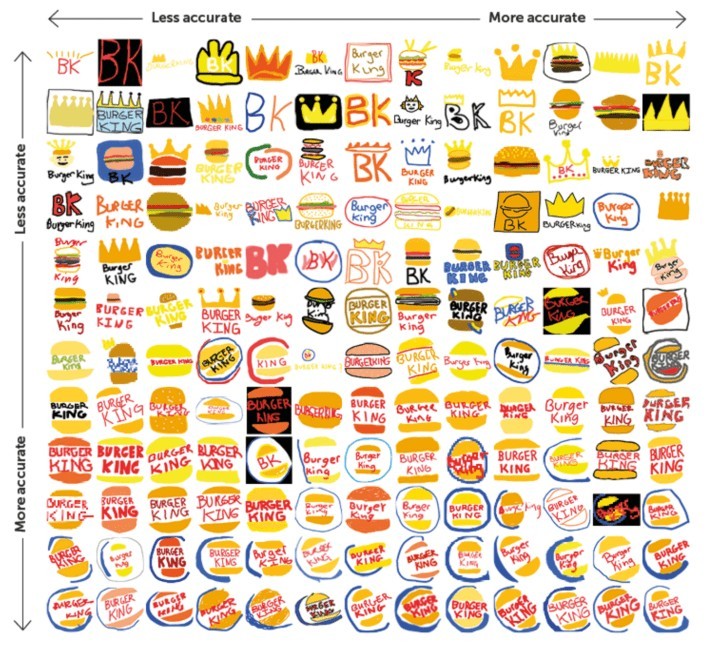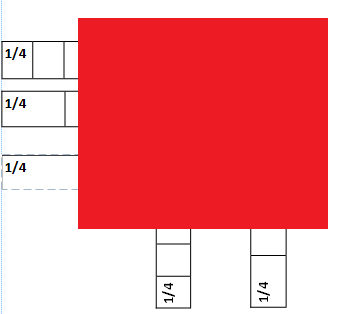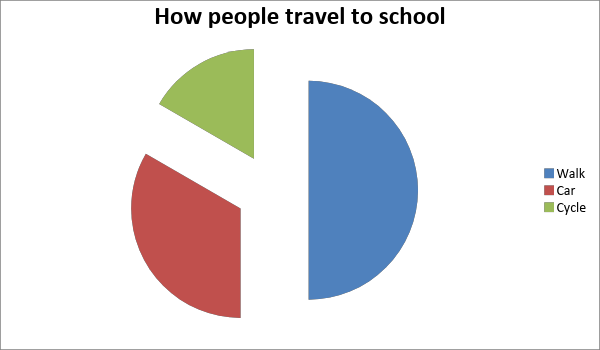5 Math Mastery Strategies To Incorporate Into Your 4th and 5th Grade Classrooms
The challenge of teaching 4th and 5th grade math mastery is one I love for its potential to really deepen students’ understanding and build to greater depth.
In the last few years, mathematics teaching and learning has changed; it has transformed in the way it is taught and learned in elementary school.
Mastery approaches, higher standards and depth (rather than coverage) agendas are paving way for greater conceptual understandings in mathematics for all. But what does that mean?
Third Space Learning free math resources
Third Space Learning offers a wide range of free math resources. Take a look at our free worksheets, games and lesson guides.
Download Free Now!Considering that mastery math teaching is an approach to teaching and learning mathematics which has high expectations for all learners at its core, this really means that everyone should be aiming for deep understanding in mathematics if they are using a mastery approach to teaching and learning.
As a 5th grade math teacher, elementary school leader and Mathematics Coordinator, teaching deeper understanding in math is something close to my heart (and professional experience!)
In this blog, I’ll share with you my five key ingredients to deepening understanding for 4th and 5th grade Math Mastery.
1. 4th and 5th Grade Math Mastery: Grouping Strategies
All children progress through content largely at the same time. Traditional differentiation, based on levels, is out, in favor of challenges which provide opportunities to demonstrate depth of understanding.
Note: This does not mean that all children must do the same work in each session.
There are many ways differentiation can be achieved including access to concrete, representational, and abstract resources, differentiated activities or offering all children the same starting point and subsequently varying tasks as the lesson progresses (more on variation theory later).
This approach can often lead to collaborative approaches to teaching and learning with fluid groupings rather than fixed groupings.
Some grouping strategies to deepen understanding are:
• Random grouping
• Cumulative partners (starting with 2 children and ‘growing’ as the lesson progresses)
• Mixed-ability grouping – one child is the teacher; the other completes the task
• Ability grouping (based on the topic being taught, some children may be excellent at shape but need support with statistics)
Read more: Mixed-ability vs ability grouping in elementary schools
2. 4th and 5th Grade Math Mastery: Curriculum Design
I saw a viral image recently which I thought illustrated depth and mastery very well…try drawing the Burger King logo from memory on a piece of paper.
At first it may be a little sketchy, until you have revisited the shop at different times, or spotted it on your television, internet, mobile device or even magazines.
After all that exposure, eventually you’ll be able to fluently recall it from memory and explain the logo to a friend clearly. See below for a great example of this in practice:

That is what a depth curriculum in mathematics should look like. It should always include exposure and consideration to key mathematical concepts over and over again in different contexts. It’s the key, really.
To embed frequent exposure to key topics into your lessons, use starters mini revision sessions. This will allow children to revisit concepts and ‘connect the dots’ between learning (even across different topics).
The gradual building of fluency through revision will speed up their journey towards greater depth.
For example, should children have looked at time recently, you may link this with angles by asking the question:
‘Two clock handles are at 90° to each other, which times could it be?’
3. 4th and 5th Grade Math Mastery: Multiple Representations
Representing mathematics in different ways is essential to deepen the understanding of the mathematics at play in 4th and 5th grade.
Much of the research suggests that representations using concrete, representational and abstract approaches have a long lasting impact on understanding math. This Piagetian theory allows children to assimilate new representations when new math concepts are taught.

Read more
4. 4th and 5th Grade Math Mastery: Variation
Variation theory goes beyond procedure by creating an appropriate route for practicing thinking processes with increasing creativity. It offers a systematic approach to facilitate children to notice patterns and make links.
I have been trying out activities using variation theory in my classroom recently: varying tasks through structure or scaffolding.
For example, should you be focusing on place value, you can offer conceptual resources which represent the same mathematical idea (such as place value grids, place value counters, and/or a 100 square).
Similarly, procedural variation allows children to discuss relationships, patterns and hypothesize mathematically by extending the original activity by a given variable. Take this set of questions, for example, from Yee Lai and Murray, 2012:
Deepening Problem 1: There are 9L of apple juice and every 3L is put in a jar. How many jars are needed?
Deepening Problem 2: There are 9L of apple juice and every 1L is put in a jar. How many jars are needed?
Deepening Problem 3: There are 9L of apple juice and every 0.3L is put in a jar. How many jars are needed?
Deepening Problem 4: There are 9L of apple juice and every 0.1L is put in a jar. How many jars are needed?
Deepening Problem 5: There are 9L of apple juice and every 0.05L is put in a jar. How many jars are needed?
Or (to show how this could work for 4th and 5th grade in elementary school), you could present math problems to children in this way:

Here, the conceptual variation of part of 1/4 being relational to the size of the whole will allow children to reason and develop a deep understanding of fractions.
This problem could be done in a practical context using Lego/Cuisenaire rods, or pictorially by allowing the children to draw the problem out without the cover included.
To vary this, the context may be changed to halves, thirds, fifths etc. which will allow you to elicit ‘what’s the same, what’s different?’ questions.
5. 4th and 5th Grade Math Mastery: Intelligent practice
To illustrate this in a way that promotes intelligent practice while still using variation theory – consider this pie chart:

The blue represents 1/2 or 50%, the red represents 1/3 (or 2/6) and the green represents 1/6.
Try asking ‘What’s the same, what’s different?’ style questions to promote greater depth by using these questions stems:
• If there are 120 people, 60 walk, 40 take the car and 20 cycle.
• If there are 240 people, __ walk, 80 take the car and 40 cycle.
• If there are 360 people, __ walk, __ take the car and 60 cycle.
• If there are 480 people, __ walk, __ take the car and __ cycle.
• If there are __ people, 30 walk, 20 take the car and 10 cycle.
• If there are __ people, 60 walk, 40 take the car and 20 cycle.
• If there are __ people, 90 walk, 60 take the car and 30 cycle.
Once children have practiced this intelligently, they can write their own statements about the model.
A procedural variation may also explore patterns, rules and systems such as:
3 x 2 = 6
3 x 20 = 60
3 x 200 = 600
30 x 20 = 600
300 x 200 = 60,000
And then varying the position of the equal sign can vary this further
6 = 3 x 2
60 = 20 x 3
600 = 200 x 3
Read more
- Fluency, Reasoning and Problem Solving: What this looks like in every math lesson
- Math Mastery Toolkit of Techniques: Step by Step Guide
- 13 Effective Learning Strategies
So there you have it, my five key ingredients to embedding math mastery in 4th and 5th grade. I hope you find them useful.
For your young mathematicians – depth of mathematical understanding should allow for opportunities in which mathematics can be actively and intelligently practiced to develop deep conceptual understanding.
Do you have students who need extra support in math?
Give your students more opportunities to consolidate learning and practice skills through personalized math tutoring with their own dedicated online math tutor.
Each student receives differentiated instruction designed to close their individual learning gaps, and scaffolded learning ensures every student learns at the right pace. Lessons are aligned with your state’s standards and assessments, plus you’ll receive regular reports every step of the way.
Personalized one-on-one math tutoring programs are available for:
– 2nd grade tutoring
– 3rd grade tutoring
– 4th grade tutoring
– 5th grade tutoring
– 6th grade tutoring
– 7th grade tutoring
– 8th grade tutoring
Why not learn more about how it works?
The content in this article was originally written by parkhead community primary school MrBeeTeach and has since been revised and adapted for US schools by elementary math teacher Katie Keeton.





